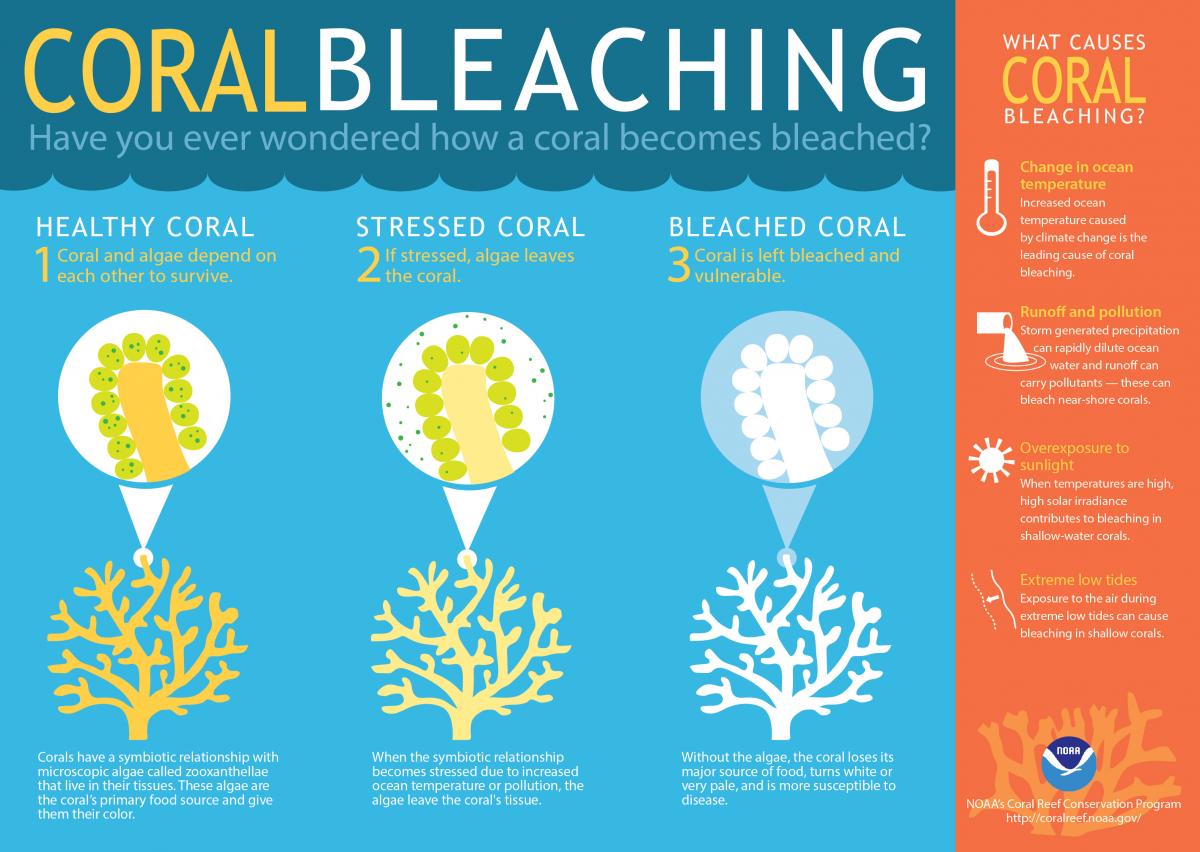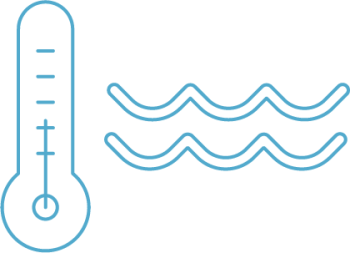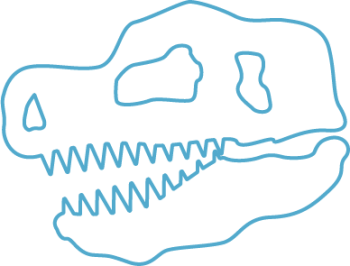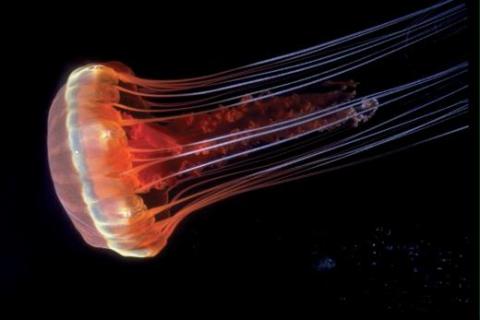Coral bleaching is caused by higher ocean temperatures, which starve the coral reefs of their main food source, the symbiotic algae that live in their tissues

In spring of 2017 there was major coral bleaching on the Great Barrier Reef. This occurred two years in a row. Can the reefs recover? Read our blog about the Great Barrier Reef. Read more about the event. To see where bleaching events are occurring now: Coral Reef Watch.
Scientists are using many strategies, including “planting” new corals, to try to save coral reefs. There is some hope for coral reefs because their microbiomes may help them adapt to climate change. Scientists have discovered that some species of coral are adapting to warmer ocean temperatures.
Ocean acidification. The ocean has been taking up excess carbon dioxide in the atmosphere for decades. As the ocean absorbs more and more carbon dioxide, its chemistry is changing, becoming more acidic: this is called ocean acidification. A 20 percent increase above current carbon dioxide levels, which could occur within the next two decades, could significantly reduce the ability of corals to strengthen their skeletons and some could become functionally extinct within this timeframe.
Many scientists are deeply concerned about how ocean acidification will affect marine life. But if some organisms will be badly hit, some research suggests others will flourish. Read how anemones with symbiotic algae respond to increasing ocean acidification: "Ocean Acidification - No Enemy to Anemones."





















